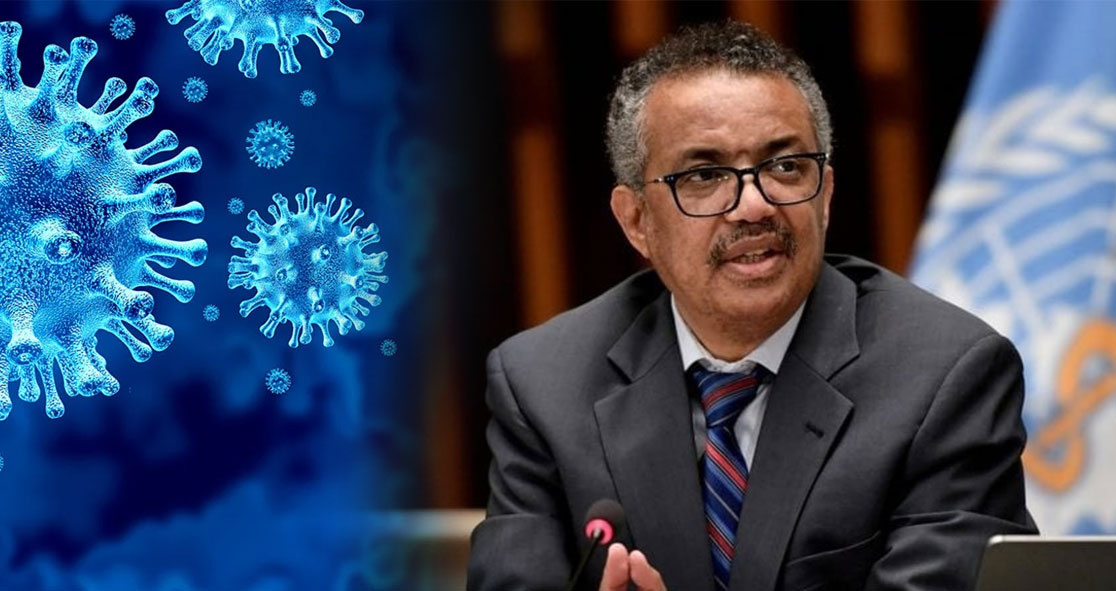On Wednesday, the World Health Organization (WHO) head said the pandemic is far from over two years after he first used the term to warn the world about the emerging public threat of COVID-19, according to Medical Xpress.
WHO Director-General Dr. Tedros Adhanom Ghebreyesus first described COVID-19 as a pandemic on March 11, 2020. Exactly after two years, he explained how the coronavirus was still evolving and surging in certain parts of the world.
In January 2020, the WHO declared a public health emergency of international concern when fewer than 100 cases and no deaths had been reported outside of China. This was the highest level of alarm in the UN health agency’s regulations.
Within a few weeks of the declaration, the pandemic seemed to shake most countries.
Dr. Tedros said in a press conference, “Two years later, more than six million people have died,” while about 444 million cases have been registered.
“Although reported cases and deaths are declining globally, and several countries have lifted restrictions,” he added, “the pandemic is far from over – and it will not be over anywhere until it’s over everywhere.”
The WHO leader also noted a 46% rise in new cases last week in the Western Pacific region, where nearly 4 million infections were recorded.
He said, “The virus continues to evolve, and we continue to face major obstacles in distributing vaccines, tests, and treatments everywhere they are needed.”
He also warned about the recent dip in testing rates, adding that we have no idea what COVID-19 is up to.
Dr. Tedros said, “WHO is concerned that several countries are drastically reducing testing. This inhibits our ability to see where the virus is, how it’s spreading and how it’s evolving.”
Last week, the number of new cases fell 5% worldwide and the number of deaths dropped 8%. However, Dr. Maria Van Kerkhove of WHO said that is because of the dramatic drop-off in testing.
“The virus is still spreading at far too intensive a level, three years into this pandemic,” she said.
“Even though we are seeing declining trends… there were still more than 10 million reported cases reported at a global level last week,” added Dr. Van Kerkhove, Van Kerkhove, Head, Outbreak Investigation Task Force, Center for Global Health, WHO. “We have to remain vigilant.”
Earlier, the WHO said that Omicron had “global dominance” over other mutations of the virus. The variant accounted for more than 99% percent of samples collected in the last 30 days.
As far as the global vaccination rate is concerned, the WHO has shown that 23 countries are yet to fully vaccinate 10 percent of their populations. It has also been found that 73 countries are yet to achieve the 40% coverage target set for the start of this year.























